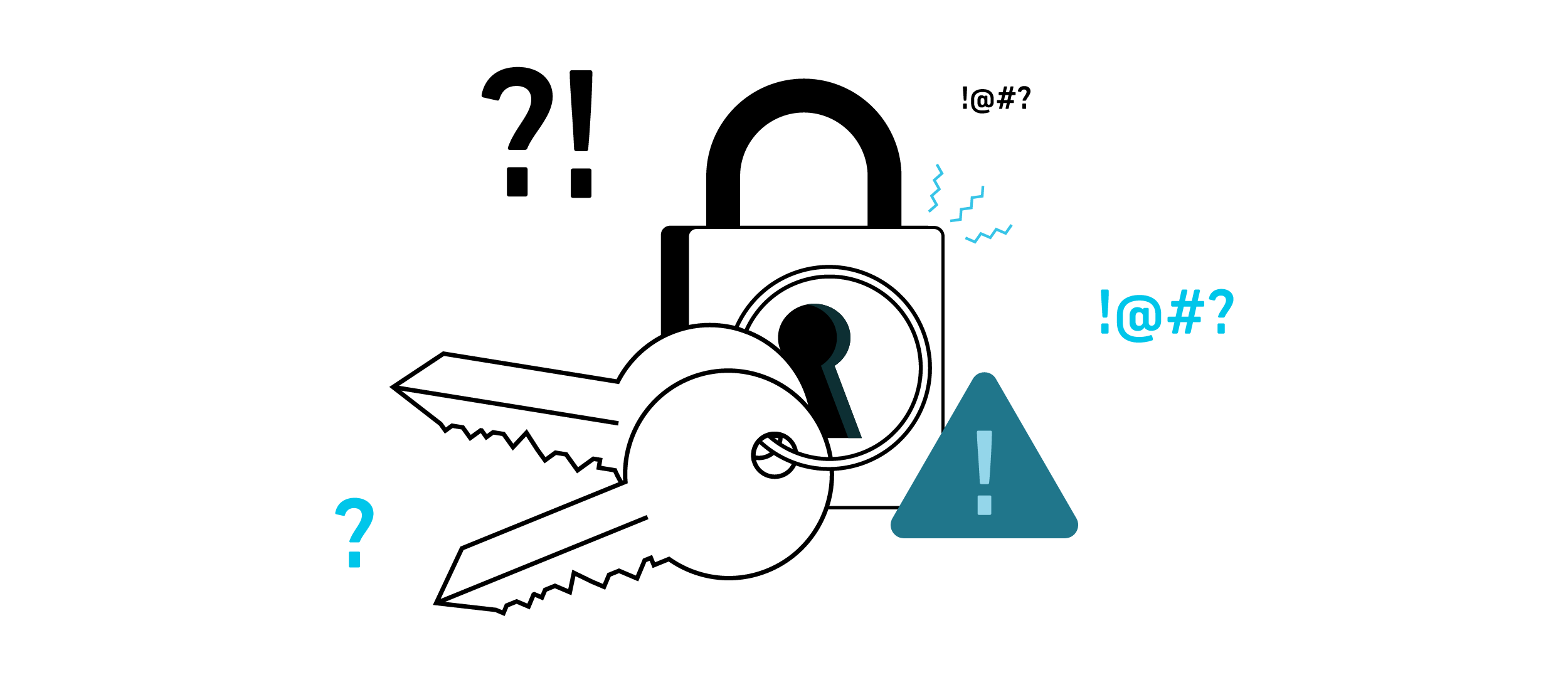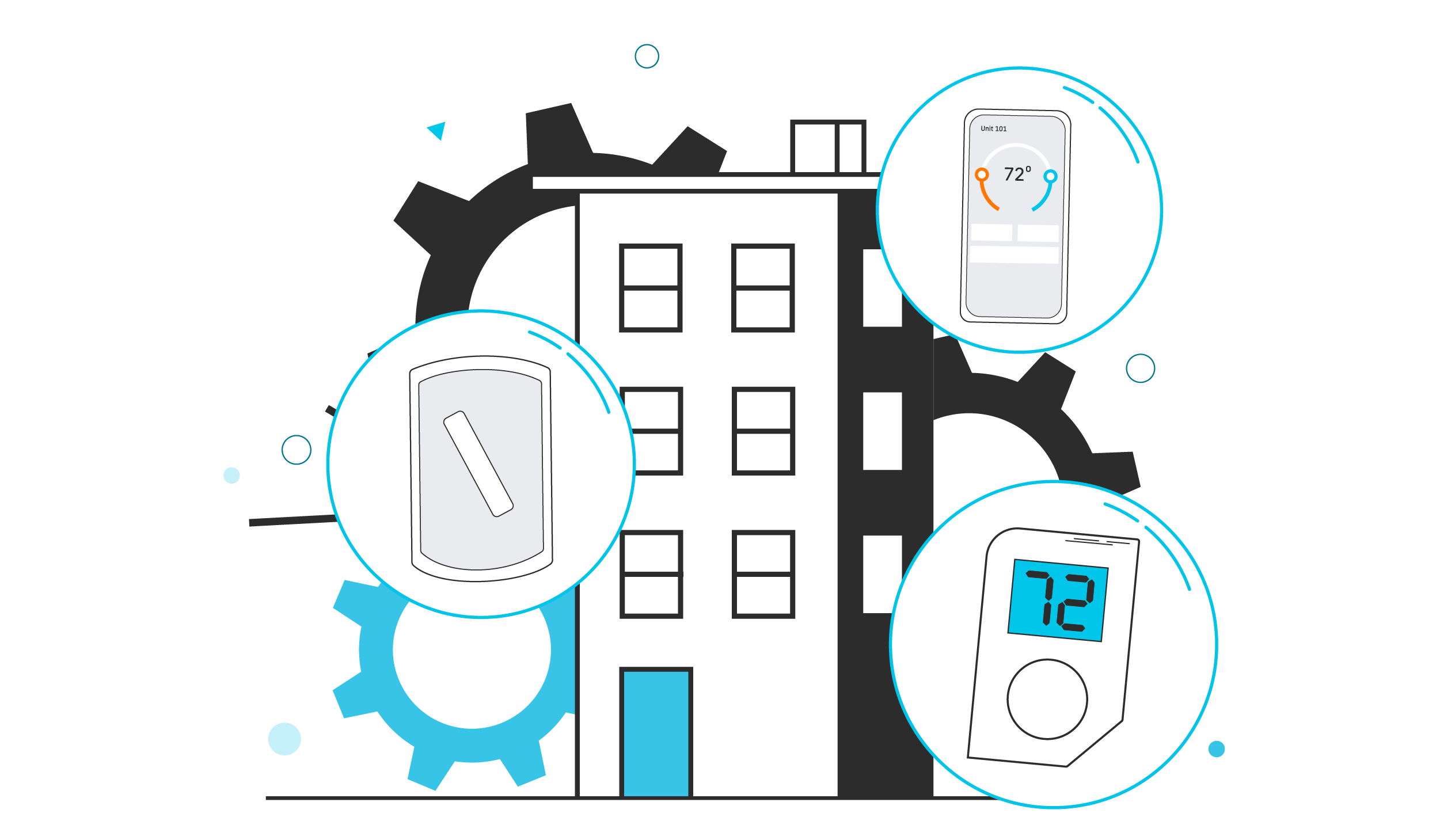What is a Smart Lock for Apartments and Multifamily Communities?
Think of the last time you spent a night at a hotel or B&B. Chances are that upon arrival, you probably weren’t given a traditional key or key ring. More likely, you checked in and received a keycard, fob, or keypad PIN code for keyless entry. Stated simply, a door smart lock is an electronic smart home device that enables keyless entry by utilizing short-range wireless technology like WiFi or Bluetooth, or by using a keycode to activate the locking mechanism.
Much like in the hospitality industry, smart locks are such a simple, convenient technology in multifamily that have become second nature to us in today’s day and age. Most times, we don’t think twice about how we’re interfacing with them. So much, in fact, that I’m willing to bet you’d have noticed if the hotel you were checking into didn’t use one and handed you a physical key instead.
And the technology is only getting better. Many smart locks are now compatible with virtual assistant technology platforms like Amazon Alexa and Google Home. With the smart lock market size projected to grow to $8 Billion by 2030 (a Compound Annual Growth Rate of nearly 20%), it’s no wonder why multifamily operators are adopting smart locks at such a fast rate.
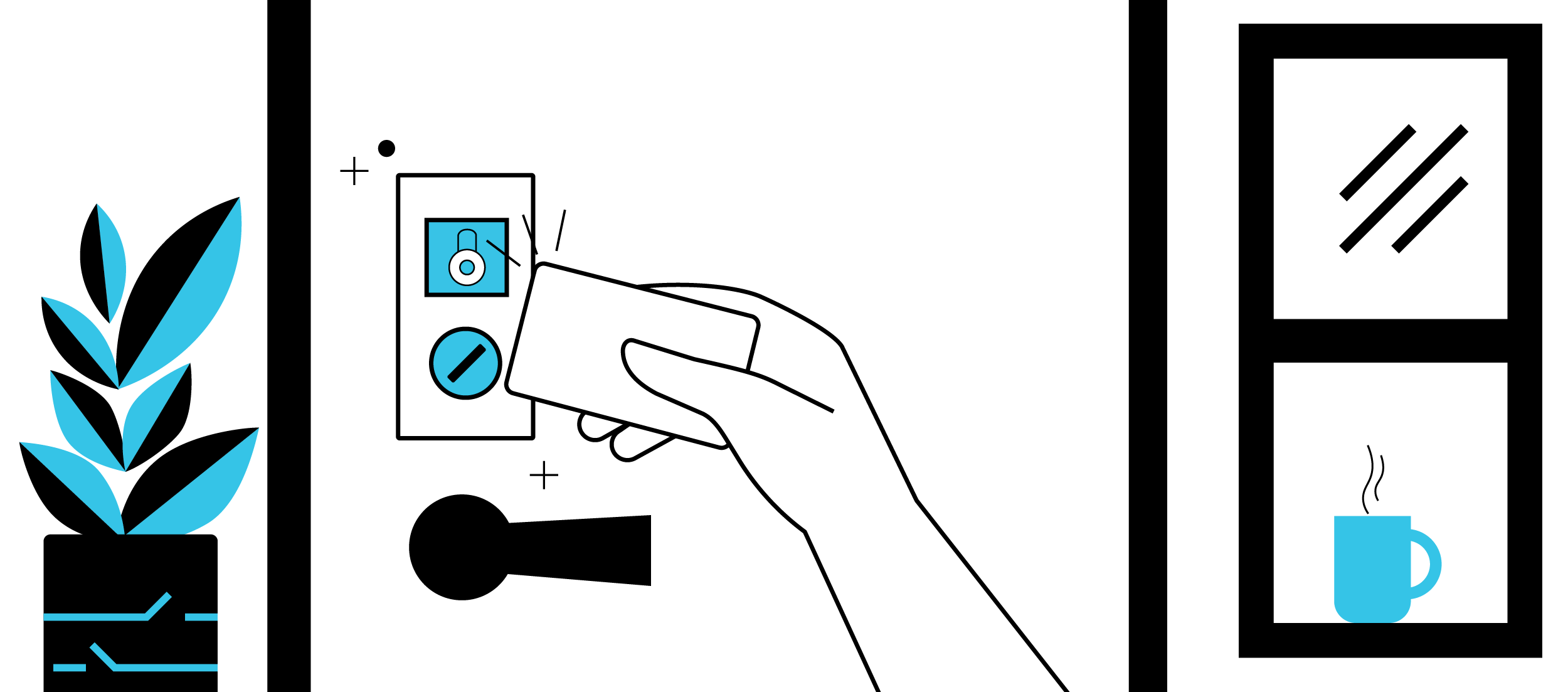
Why Smart Locks for Apartment Buildings Are So Important
Smart locks for apartment buildings have grown significantly in popularity over the years, and for good reasons. Not only can they offer reliable security, but they’re also much more convenient than a traditional lock that requires an insertable key. That’s why nearly 70% of renters desire smart locks and are even willing to pay an additional monthly fee for it, making smart locks and IoT solutions one of the best smart apartment technologies to pilot on your properties.
From both a resident and operator’s perspective, multifamily smart locks allow you to do things that traditional locks simply can’t. The list of features and applications is endless, like remote access control and keyless entry, to name a few. While the list of advantages is exhaustive, we’ll cover three of the most important benefits of smart locks for renters.
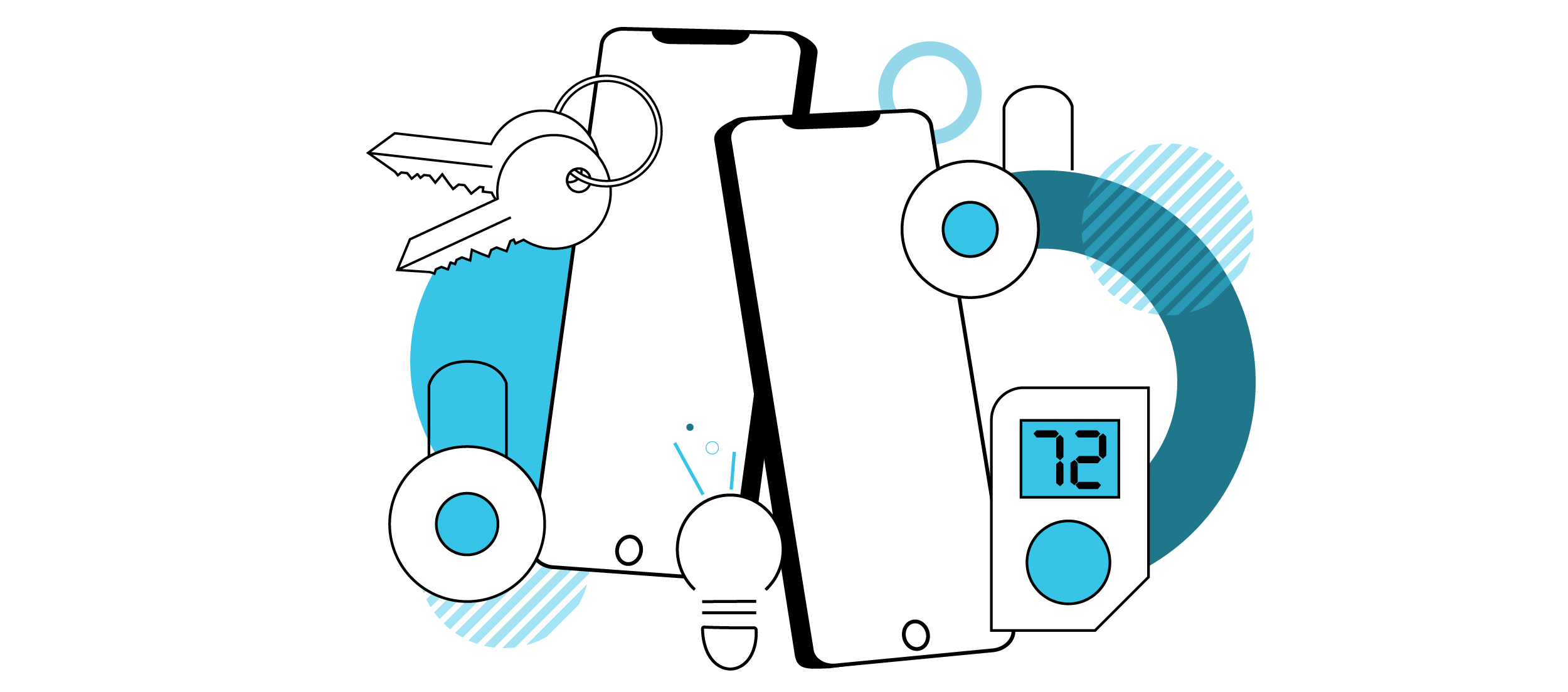
The Benefits of a Smart Lock for Apartment Renters
The beauty of smart locks in multifamily is that everyone benefits. From an operator’s perspective, property staff and maintenance teams benefit from significant operational efficiencies. And here’s how that trickles down to the renter experience:
1. Renters benefit from operational efficiencies driven by smart locks
When apartment operations run optimally, this is often times reflected in the overall resident experience. Removing the burdens of lost keys, locksmith visits, 3am lockouts, and unit turnover key changes saves everyone time, money, and a fair bit of sanity. Smart locks with keyless entry systems help avoid the traditional burdens of managing and tracking a cabinet full of loose keys, as well as the security risks associated with duplicate keys and potential unauthorized access.
2. Remote access controls allow greater flexibility and security for both common areas and unit access.
While door smart lock capabilities greatly vary, one important feature of our Quext IoT smart locks is the ability to manage common area access and allow scheduled and secured guest access to visitors. In addition to the elimination of cumbersome key burdens we just noted above, the keyless entry capabilities offered by Quext IoT puts renters in charge of who can securely enter – and when – extending to both common areas and individual unit access. A capable door smart lock can make life more easily manageable with permissions that allow residents to manage grocery delivery, caretaker and child-care visits, scheduled in-home appointments and more, all from an intuitive mobile app.
3. Smart locks can connect seamlessly with other smart home devices and platforms for added convenience
Today’s smart locks are incredibly … well, smart. Many smart locks are compatible with smart platforms like Amazon Alexa and Google Home, allowing them to be controlled remotely alongside other smart home devices like thermostats, lights, and leak sensors. Some can even respond to voice commands or authenticate with fingertip scans (don’t blink – we wouldn’t be surprised to see facial recognition software become more common in the future!).
The point is, smart locks have so many useful features to help drive efficiency and convenience and connectivity is a huge part of it. That’s what makes smart locks such a critical piece of the IoT pie when used as part of a broader IoT solution. Implementing an IoT solution like Quext IoT can transform an entire property by turning it into a modernized community, which leads us to our final benefit…
4. Modernization drives community appeal and renter satisfaction
Smart locks are a great, simple way to modernize an apartment community and create community appeal. Offering highly desired amenities to residents is a great way to increase lease renewal rates and offer a better living experience.
I’ll sneak in a short side note for operators here, too: Smart technologies like smart locks can introduce new revenue streams – especially considering that renters are willing to pay $33 more each month for smart locks.
The Best Multifamily Smart Locks for Renters
With so many smart locks available on the market today, it can be difficult to choose the right one for your property. With multiple products available from companies like Schlage, Yale, Wyze and August, there’s an endless list of potential options with varying pros and cons. To help you decide, here are a few things you’ll want to consider when deciding whether smart locks are right for your community, and how to select the right one for your needs:
-
Will smart locks for my property be part of a greater IoT solution that includes other smart devices? If so, which connectivity protocols do I need?
Most smart locks use WiFi, Bluetooth, Z-wave or Zigbee, which are all various communication protocols that use different frequencies to communicate. In many cases, a broader IoT solution will use one or more of these to allow devices to seamlessly work together. Here’s a brief overview of how our IoT solution, Quext IoT, works.
- What capabilities do I need smart locks for my apartment community to have?
Whether it’s voice commands, remote access, analytics, mobile app controls, or synergies with other smart home platforms and devices, it’s important to consider all the different ways smart locks will be used on your property. Cost, usability, and device integrations are major considerations here. If you’re seeking to maximize value, you may choose to distill your wish list down to a handful of key features.
- Is my property ready to be outfitted with smart locks?
While complexity will vary by lock type, smart apartment technology isn’t reserved for just Class A & B properties. In fact, smart locks are one of the best and easiest upgrades you can make to begin modernizing older properties.
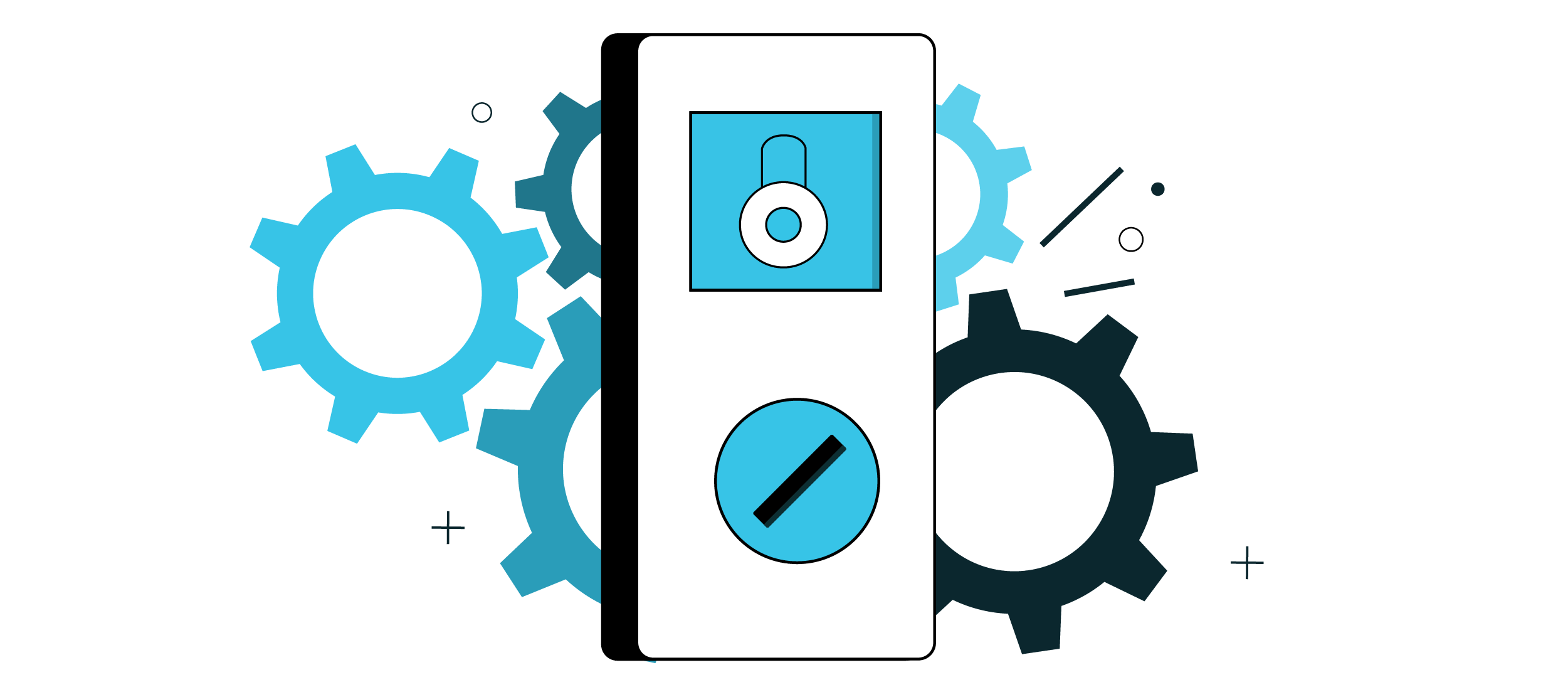
Implementing Smart locks for Apartments
Depending on the type of smart lock, implementation can range from simple installation and activation to elaborate set ups with feature rich capabilities and detailed dashboard views. While there is some standardization around installation like lock and door jam hole sizes, there is no “one-size-fits-all” for apartment communities. Typical multifamily smart lock solutions require on-site teams for installation; however, one of the key benefits of Quext IoT is that most maintenance teams should be able to manage installation with a few tools and a little “know-how”.
Outside of initial installation, there’s generally some set-up required to activate and assign master PIN codes and, in some cases, connecting devices to a monitoring dashboard. Once completed, many functions like individual code creation, scheduling access, and firmware updates can be done via manufacturers’ consumer-facing mobile apps or over WiFi.
Routine maintenance varies by product, but one of our favorite features of our Quext IoT smart locks is our industry-leading battery life of up to 18 months. This helps ease maintenance requirements so that routine battery replacements are simply part of the lease renewal or new apartment move-in checklist.
If you need help getting started and want to know more about smart locks for apartments or whether your property can be outfitted with an affordable IoT solution that includes smart locks, contact us.
